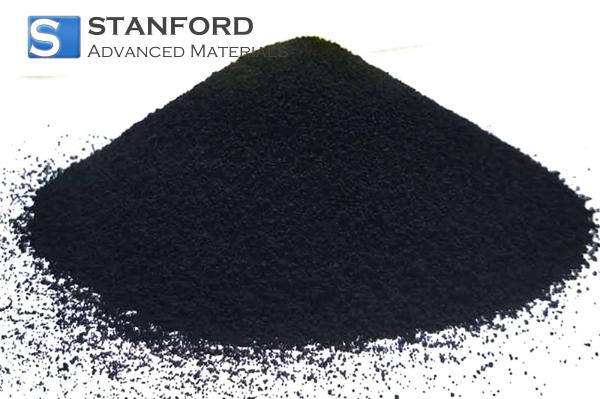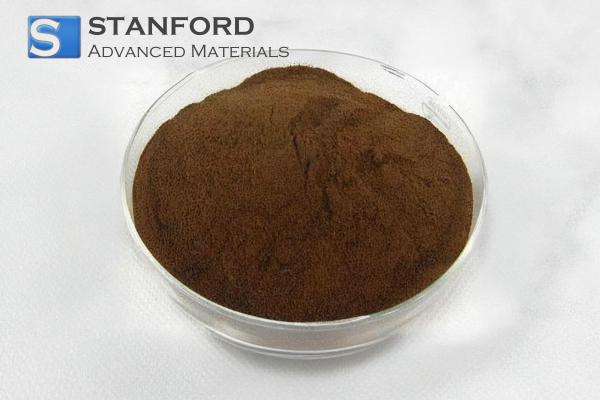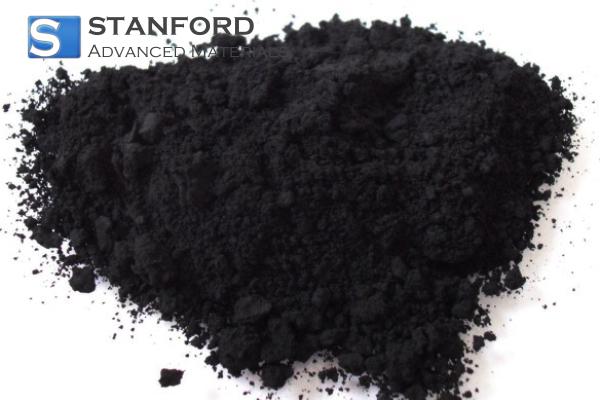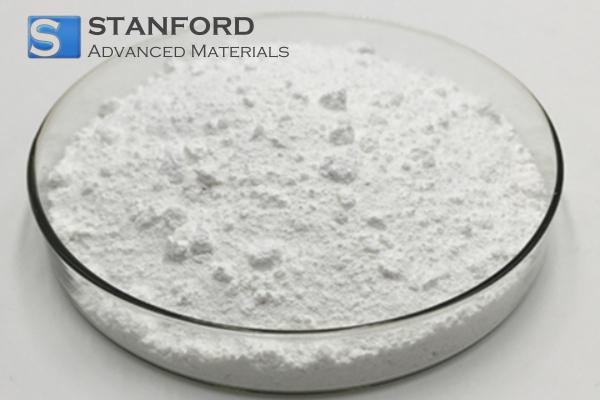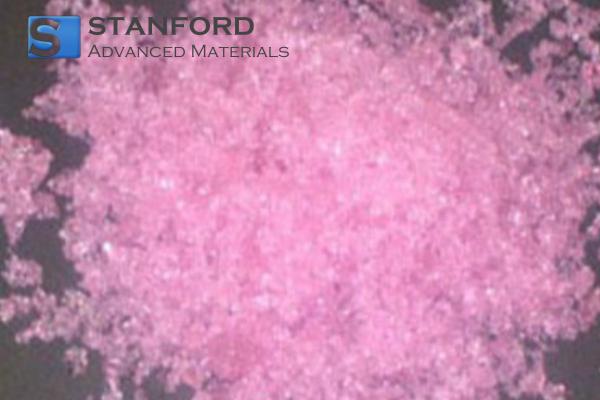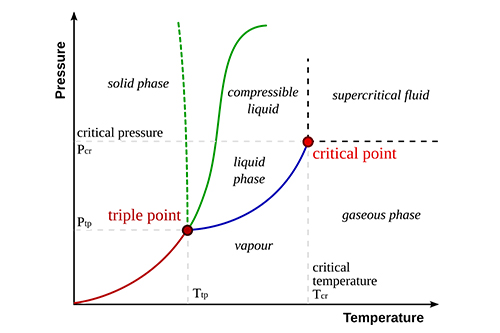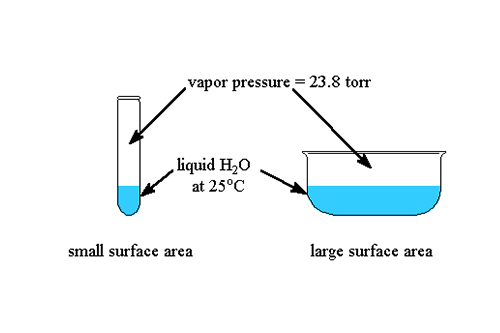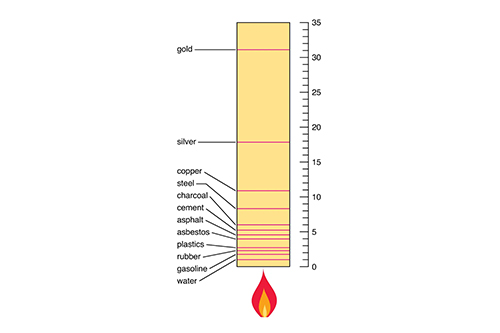Optical Activity: Definition and Applications
Description of Optical Activity
Optical activity refers to the ability of certain materials, like crystals, to rotate the plane of polarized light. This phenomenon can be observed using specific techniques and equipment.
Optical activity is a property of chiral substances that allows them to rotate the plane of polarized light passing through them. This rotation occurs due to the molecular structure of the material, which lacks symmetry, leading to different interactions with the light waves.
How to Observe Optical Activity
To observe optical activity, you need a setup that includes a polarizer, a sample of the optically active material (such as crystals), and an analyzer. By passing polarized light through the crystal, you can detect the rotation of the light's plane by observing changes in the intensity of light reaching the analyzer.
Crystals Exhibiting Optical Activity
Not all crystals exhibit optical activity. Typically, crystals that lack a center of symmetry and have a chiral structure display this property. Common examples include quartz, tourmaline, and certain forms of calcite. The degree of optical rotation varies among different crystals and depends on factors like wavelength of light and temperature.
Crystal Type | Degree of Optical Rotation | Common Use |
Quartz | Moderate | Timekeeping, electronics |
Tourmaline | High | Jewelry, stress sensors |
Calcite | Variable | Optical instruments, polarizing filters |
Sapphire | Low | Watchmaking, high-precision optics |
Sugar Crystals | High | Food industry, chemical synthesis |
For more information, please check Stanford Advanced Materials (SAM).
Factors Affecting Optical Rotation
Several factors influence the extent of optical rotation in crystals:
- Wavelength of Light: Shorter wavelengths tend to experience greater rotation.
- Temperature: Changes in temperature can alter the crystal structure, affecting optical activity.
- Concentration: In solutions, higher concentrations of chiral molecules increase the degree of rotation.
- Path Length: The longer the path that light travels through the material, the greater the rotation observed.
Applications of Optical Activity
Optical activity has various applications in science and industry:
- Chemical Analysis: Determining the concentration of chiral substances in a solution.
- Pharmaceuticals: Ensuring the correct enantiomer is present in drug formulations.
- Optics: Designing devices that manipulate polarized light for telecommunications and imaging.
Frequently Asked Questions
What causes optical activity in crystals?
Optical activity in crystals is caused by their chiral molecular structure, which interacts differently with the polarized light waves, leading to the rotation of the light's plane.
How is optical activity measured?
Optical activity is measured using a polarimeter, which quantifies the angle by which polarized light is rotated as it passes through an optically active material.
Can optical activity be found in liquids as well as crystals?
Yes, optical activity can occur in both solids like crystals and in liquid solutions containing chiral molecules.
Why is optical activity important in the pharmaceutical industry?
Optical activity is crucial in pharmaceuticals to ensure the correct enantiomer of a drug is used, as different enantiomers can have different therapeutic effects and safety profiles.
How does temperature affect optical activity in crystals?
Temperature changes can alter the crystal lattice and molecular interactions, which in turn can change the degree of optical rotation observed in the material.

